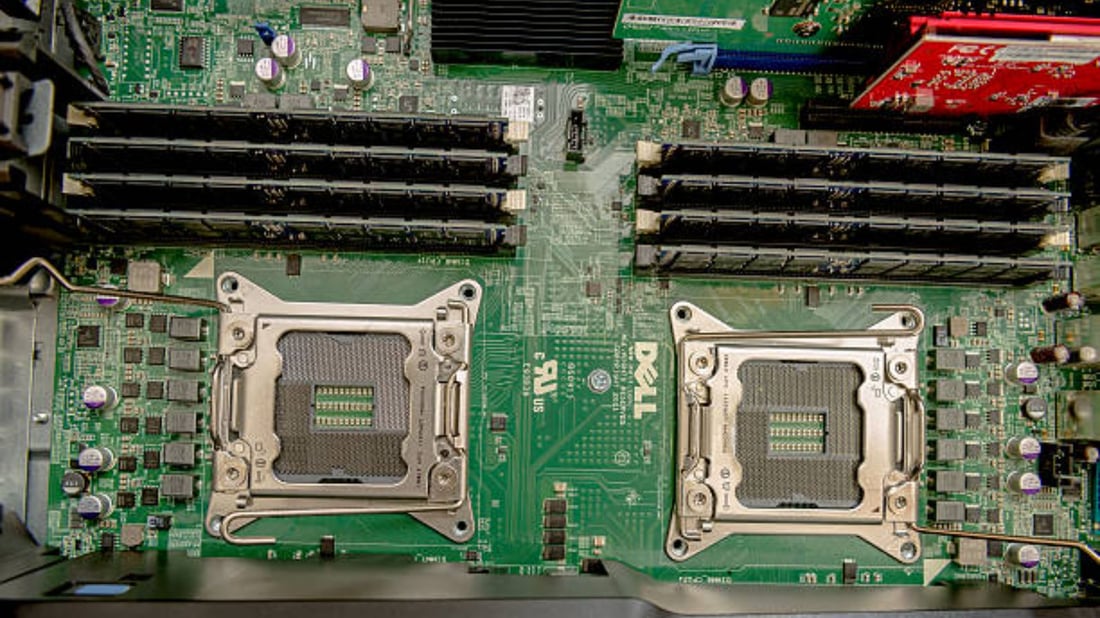Skived Heatsinks
Skived heatsinks are created by removing layers of material from a block of metal using a sharp blade. This process results in a thin and lightweight heatsink with excellent thermal conductivity. Skived heatsinks are ideal for applications where space is limited and weight is a concern.
Extruded Heatsinks
Extruded heatsinks are made by forcing molten metal through a die to create a desired shape. This manufacturing process allows for complex designs and customization options. Extruded heatsinks are often more cost-effective for larger projects and can be produced in various sizes and shapes.
Thermal Performance
When it comes to thermal performance, skived heatsinks typically have better heat dissipation capabilities compared to extruded heatsinks. The thin and uniform nature of skived heatsinks allows for efficient thermal conductivity, making them suitable for high-performance applications.
Cost Considerations
Extruded heatsinks are generally more cost-effective to produce compared to skived heatsinks. The extrusion process is less labor-intensive and can be scaled for mass production, making it a more economical choice for projects with budget constraints.
Design Flexibility
Extruded heatsinks offer greater design flexibility compared to skived heatsinks. The extrusion process allows for intricate designs and custom shapes, making them a versatile option for unique or specialized applications that require specific cooling requirements.
Material Options
Both skived and extruded heatsinks can be made from various materials, including aluminum, copper, and stainless steel. The choice of material can impact thermal conductivity, weight, and cost, so it's essential to consider the specific requirements of your project when selecting a heatsink material.
Size and Weight
Skived heatsinks are typically thinner and lighter than extruded heatsinks due to the manufacturing process. This makes skived heatsinks a preferred choice for applications where weight and space are critical factors, such as in electronics or aerospace industries.
Installation Ease
Extruded heatsinks are often easier to install compared to skived heatsinks due to their standard shapes and sizes. Extruded heatsinks can be easily mounted onto surfaces using screws or adhesive, making them a convenient option for quick and straightforward installation.
Heat Dissipation Efficiency
While both skived and extruded heatsinks are effective at dissipating heat, skived heatsinks excel in thermal performance due to their thin and uniform design. Skived heatsinks are capable of efficiently transferring heat away from components, helping to prevent overheating and prolonging the lifespan of electronic devices.
Application Specificity
Ultimately, the choice between skived and extruded heatsinks will depend on the specific requirements of your project. Consider factors such as thermal performance, cost, design flexibility, and installation ease when selecting the right heatsink for your application. Both skived and extruded heatsinks have unique advantages and are suitable for different types of projects.

